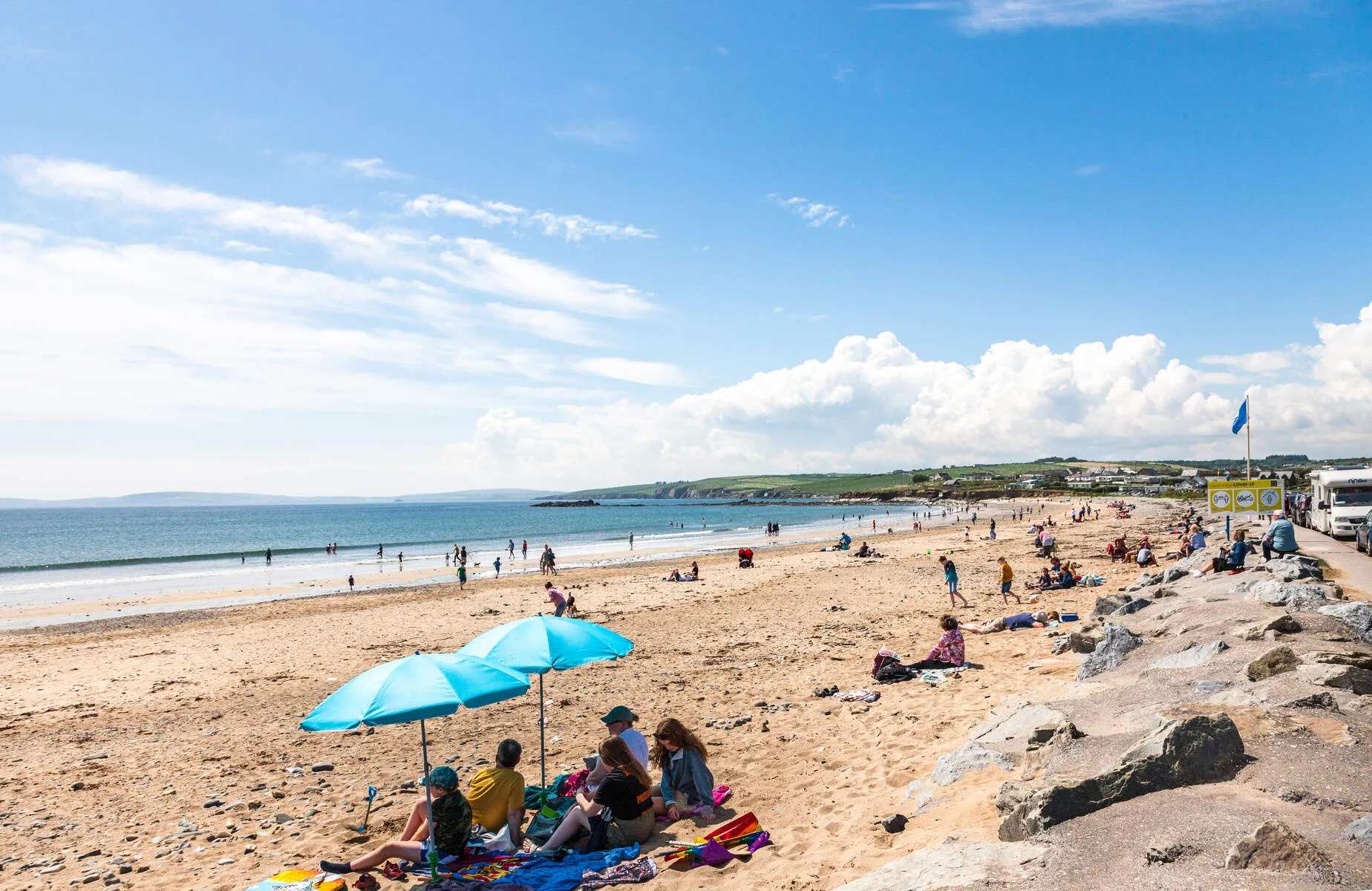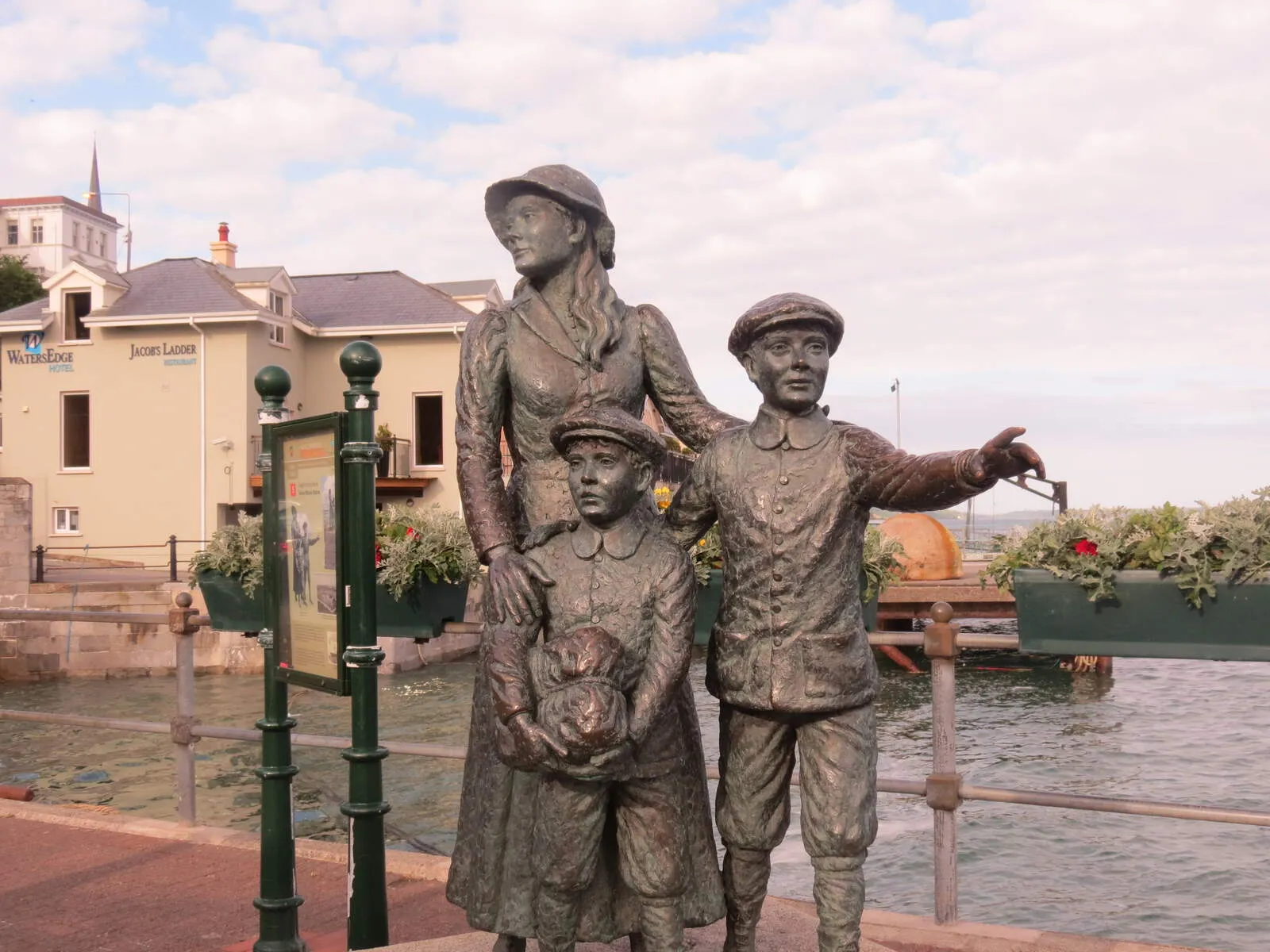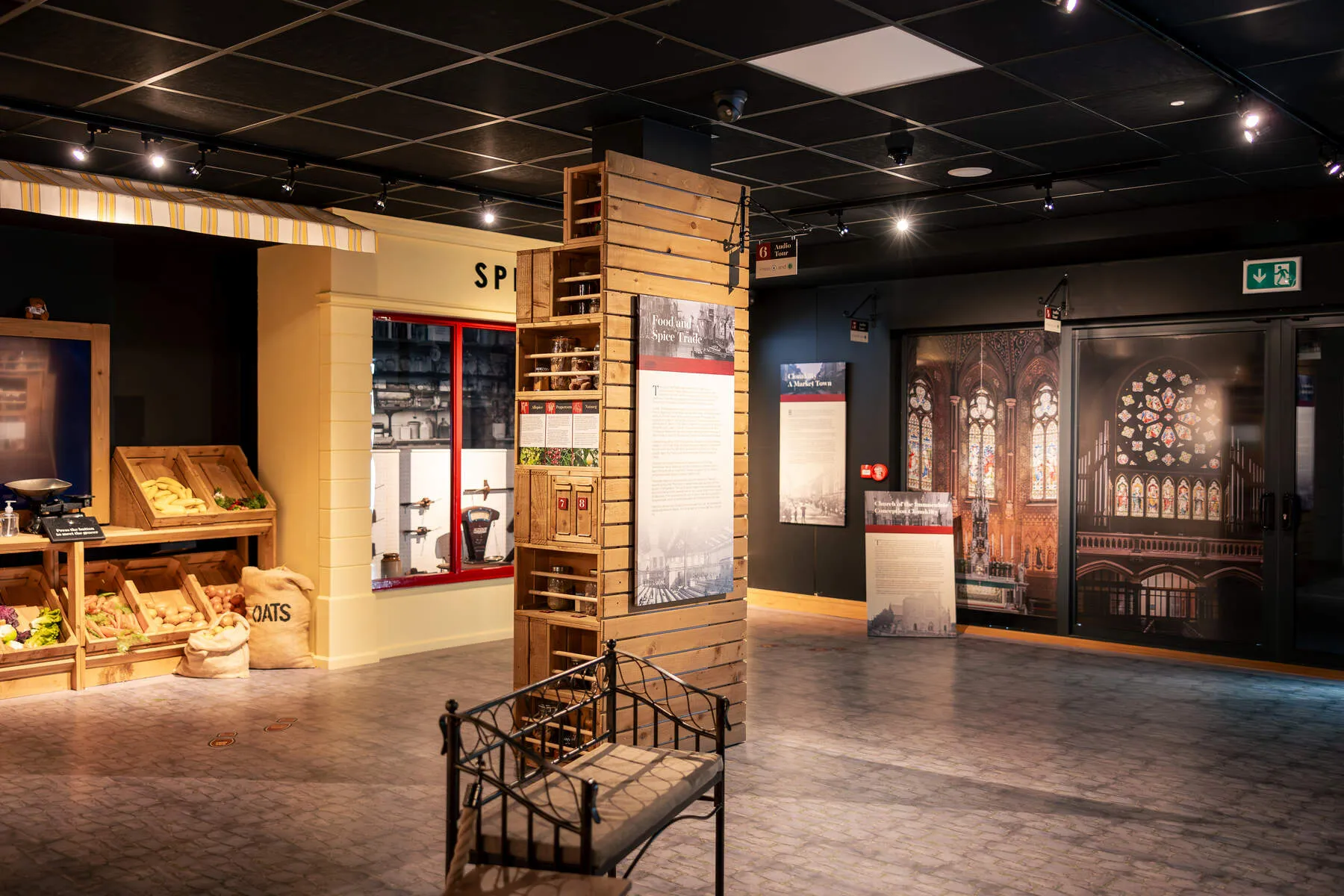Charles Fort, situated at the southern tip of Kinsale Harbour in County Cork, stands as a testament to Ireland's military and architectural history. Constructed between 1677 and 1682 under the direction of Sir William Robinson, the fort's star-shaped design-a hallmark of the trace italienne style-was engineered to withstand cannon fire, with its pentagonal bastions strategically angled to repel attackers. Named for King Charles II, it formed part of a defensive duo with nearby James' Fort, serving as the "new fort" to its older counterpart. Its location atop the ruins of Barry É"g Castle, a site pivotal during the 1601 Siege of Kinsale, underscores its role in shaping the region's strategic importance. Over centuries, it has witnessed pivotal conflicts, including a brutal 13-day siege during the 1690 Williamite War, led by the future Duke of Marlborough, John Churchill, and later scars from the 1922 Irish Civil War, when anti-Treaty forces burned its interior. Today, it stands as a National Monument, preserved to honor its layered history.
The fort's architecture reflects its military purpose, with five bastions-Kinsale (Devil's), Charles, Cockpit, Flagstaff, and North-each serving distinct defensive roles. The seaward bastions were fortified to withstand naval assaults, while landward sections, though less robust, highlight the terrain's challenges. Its towering outer walls, rising 16 meters, provide sweeping views of Kinsale Harbour, a vantage point once critical for surveillance and now a highlight for visitors. Restoration efforts by the Office of Public Works have stabilized the structure, allowing exploration of its ramparts and remnants of its military past, such as gun emplacements and powder magazines. The site's blend of raw stone walls and restored exhibits tells a story of resilience, from its origins as a bastion against invasion to its post-independence abandonment and eventual revival as a heritage attraction.
Visitors can wander the fort's imposing ramparts, tracing the footsteps of soldiers and engineers who shaped its history. The open-air layout offers a tangible connection to events like Marlborough's siege, which cemented his military reputation, while interpretive displays shed light on its later role as a barracks and its tragic burning during the Civil War. Best visited between spring and autumn, when longer days and pleasant weather enhance exploration, the site's tranquil atmosphere contrasts sharply with its turbulent past. A unique feature is its duality: a place where the echoes of war coexist with the tranquility of its coastal setting, and where every stone whispers of battles, politics, and the enduring legacy of Ireland's military heritage. Its designation as a National Monument since 1971 ensures this historic landmark remains a bridge between past and present for generations to come.
Getting There
Parking
Visitors to Charles Fort can access a large on-site car park directly in front of the attraction, offering convenient parking close to the entrance. This operates under Kinsale's standard Pay and Display system, which requires payment via cash only-parking machines in the area often do not accept credit cards. Nearby, a free car park near St. Multose Church provides an alternative option approximately 10 minutes' walk from the fort.
During peak times, the St. Multose parking offers a practical alternative when on-site spaces fill up. The on-site parking is just a short walk to the entrance, while the St. Multose parking area requires a brief stroll through Kinsale's historic streets. Accessibility options are not detailed in available information, but the on-site lot may accommodate standard visitor needs. For those without vehicles, Kinsale's compact layout allows easy exploration on foot once parked.
Pricing
Admission fees at Charles Fort are set at €3.50 for adults (~$3.80 USD), €1.25 for children and students (~$1.35 USD), and €2.50 for seniors (~$2.71 USD). Family tickets for 2 adults and 2 children cost €8.25 (~$9.00 USD), offering a discounted rate for groups. Larger groups may qualify for reduced prices of €2.50 per person when booked in advance.
Guided tours are included in the admission price and are available daily from mid-April to October.
Note:
- The fort closes annually from November to March except by appointment (not reflected in pricing above).
Nearby Attractions

Garrylucas White Strand
Imagine brilliant white sand stretching out next to dramatic, rocky cliffs – that's Garrylucas White Strand (Garraí Lúcas in Irish) in County Cork. Found near the famous Old Head of Kinsale, this beac...
Distance: 7.5 km

Annie Moore Statue
The Annie Moore Statue, situated in Cobh, County Cork, stands as a poignant tribute to Irish emigration and the millions who sought new lives in America, particularly after the Great Famine. Erected i...
Distance: 21.8 km

Clonakilty Black Pudding Visitor Centre
In the town of Clonakilty, County Cork, this visitor centre is dedicated to a true Irish food hero: Clonakilty Black Pudding. It all started with a secret recipe created in the late 1800s at Edward Tw...
Distance: 27.9 km
